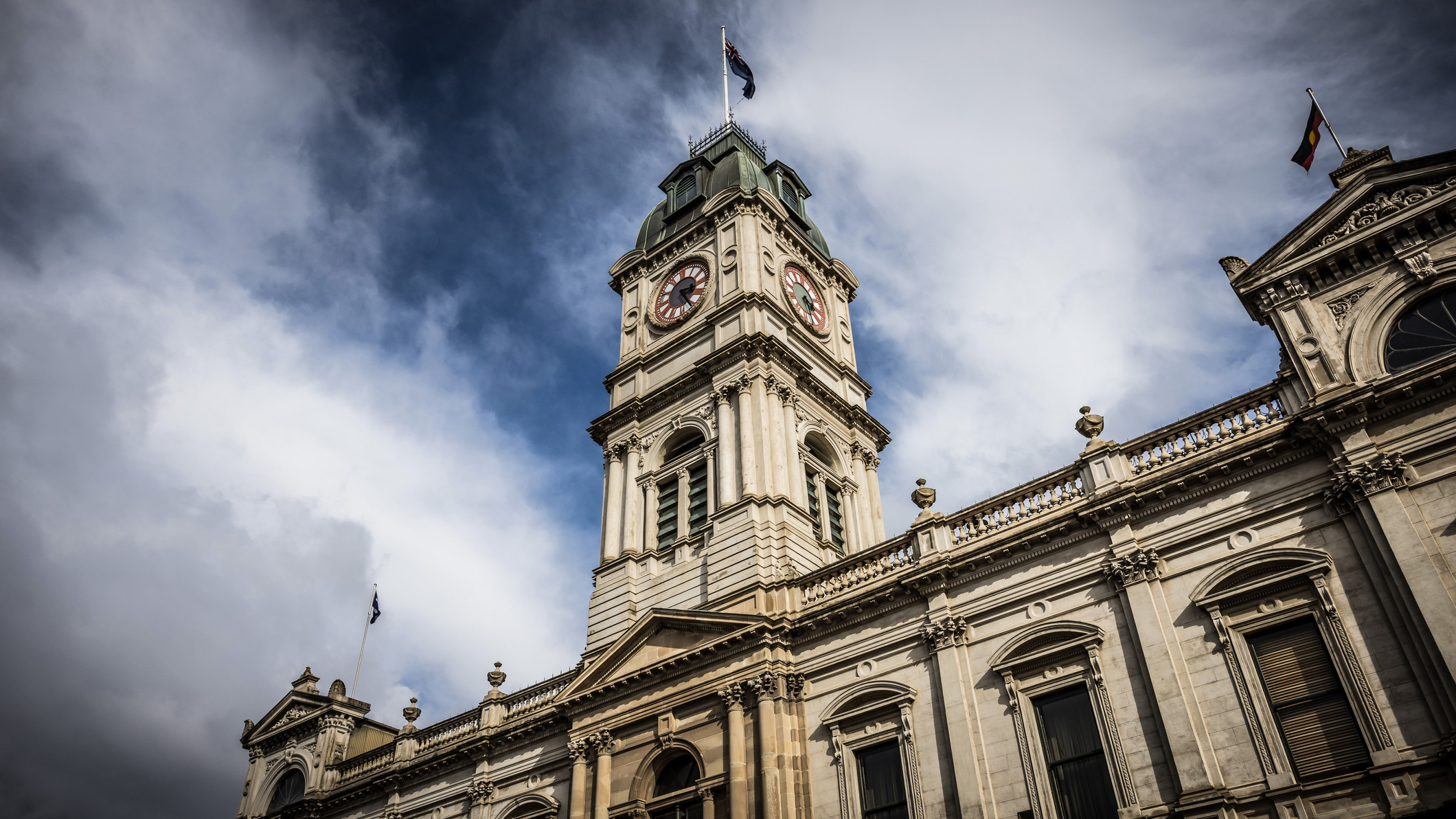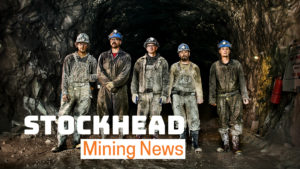Prospect of a new Golden Age: ASX gold explorers return to Victoria’s Goldfields – Part 1

Victoria has a rich history of golden exploration. Pic: Getty Images
- Victoria has been a major contributor to Australia’s gold production with a rich gold mining history
- AMEC encouraged to see companies realise there’s still significant gold resources in Victoria
- Strong regulatory requirements in Victoria mean getting resources projects started can take longer
Western Australia may be the state synonymous with our country’s gold industry, but Victoria’s storied history with the precious metal may enter a new chapter thanks to a handful of promising explorers.
Discovery of the precious metal at Ballarat in 1851 sparked Victoria’s renowned gold rush with ~6000 miners from around the world flocking to the region every week in hope of making their fortunes.
The state’s first officially acknowledged gold find was in 1850, close to Clunes, ~40km north of Ballarat. The largest-ever discovered gold nugget, The Welcome Stranger was found in 1869 by Cornish miners John Deason and Richard Oates near Moliagul in central Victoria.
The lucky two stumbled upon the nugget weighing ~66kg, while exploring around the roots of a tree, just 3cm beneath the surface.
During its peak in 1852 and 1853, Ballarat was considered the world’s richest alluvial goldfield, with nearby Bendigo transformed from a sheep station to a town with 40,000 residents in just one year.
Victoria has been a significant contributor to Australia’s gold production, accounting for more than 2400 tonnes, which is 32% of all the gold mined in the country and almost 2% of the total global gold mined.
In fact move over Western Australia as Victoria’s averaging 10.8kg of gold per km2 surpasses all other Australian states. According to the Victorian Government those “figures stand comparison to any of the present-day mines operating anywhere in Australia”.
So while rich in gold mining history, what about the present and future of gold mining in Victoria?
Victorian gold mining 1900s to today
Through much of the 1900s gold mining in Victoria lay dormant until the 1980s. In the 1990s there was a substantial rise in exploration spending with availability of data from the Victorian Initiative for Minerals and Petroleum (VIMP) stimulating an increase in applications for exploration licenses in surveyed regions.
In 1995, the construction of an ore processing plant at Costerfield marked the revival of mining operations near Heathcote. The site continues to host a productive gold mine, which is operated by Canadian miner and Toronto Stock Exchange (TSX)-listed Mandalay Resources.
In recent times there have been several gold mines operating in Victoria including Ballarat Gold Mine, Fosterville, Costerfield, Stawell, A1 Gold Mine and Morning Star.
The underground and open cut Fosterville Gold Mine is 20km east of Bendigo and started operation in 2005. It is currently owned by Canadian gold mining company Agnico Eagle, which is listed on the TSX.
In 2016, the Swan Zone was discovered at the Fosterville mine – an almost 50g/t orebody containing grades rarely seen since the 1800s.
The discovery turned Fosterville into Australia’s lowest cost and one of its largest producing gold mines and has been credited with sparking renewed interest in gold exploration in Victoria.
Kaiser Reef (ASX:KAU) has reopened the small high grade A1 Gold Mine and Maldon processing plant on the historic Maldon gold field, home to 620,000oz of historical production.
KAU recently announced successful drilling at the A1 Mine has opened up the opportunity to develop an intermediate reef close to the previously mined Victory and Welcome reefs.
Diamond drilling at the 1410 South mining development returned standout assays such as 0.3m at 315 grams per tonne (g/t) gold from 1.5m (A1UDH-536) and 9.45m at 25.6g/t gold from 10.95m including 0.5m at an eye-popping 356g/t gold from 12.1m (A1UDH-537).
Stawell Gold Mines Pty Ltd has been mining the Stawell mine since 1981, while Ballarat Gold Mine, owned by Singaporean Shen Yao Holdings subsidiary Balmain Gold, entered administration in March.
Ballarat Gold Mine has faced challenges and controversy in recent times including its existing tailings storage facility reaching full capacity, leading to temporary suspensions of gold production.
The Morning Star Gold Mine is owned by White Rock Minerals (ASX:WRM) but was put on care and maintenance in March.
In its latest quarterly activities report released this week WRM announced it had been working to divest the project but did not attract any suitable offers, so it has now decided to close the mine altogether.
WRM says the cost of dewatering and difficulty retaining employees were notable pressures.
Current state of play
Association of Mining and Exploration Companies (AMEC) CEO Warren Pearce says it’s been encouraging to see companies pick over old ground and realise there are still significant gold resources in Victoria.
“That’s what generated a lot of investment activity interest in gold exploration activities in Victoria, particularly off the back of the Fosterville project with really high grades,” he says.
However, Pearce says the experience has been quite challenging for would be explorers with Victoria having a detailed, slower regulatory process taking companies some time to get on the ground exploring and move their projects forward.
“That said, although it’s perhaps more difficult than other jurisdictions, a lot of our member companies are quite buoyant about the opportunities in Victoria and believe there’s still significant resources they will ultimately be able to mine and the Victorian Government appears to be supportive,” he says.
“What we are hoping to see is the exploration companies will be able to progress through to development and Victoria will turn on some new mines,” he says.
He says Australia has strong regulatory requirements in all jurisdictions around exploration and mining but the reality is Victoria and New South Wales have much more difficult processes to work through.
“To some degree that is because those areas have large regional communities around where the mines are whereas in Western Australia the mines tend to be a fair away from where the communities are so don’t have the same interaction issues.
“Not all things around that are bad and it means the Victorian community can be confident that a mine that achieves approval will have met all the requirements of government and community before getting the project up – but it is a more difficult investment ask than perhaps coming to Western Australia or Queensland, which are better known for being prosperous mining jurisdictions.
“The hopes of a new Victorian golden age are probably yet to be realised and it’s not to say there aren’t opportunities and I am confident that companies investing in that space will ultimately find that value but they’ll have to work for it.”
Coming up tomorrow: The explorers looking to repeat history and strike gold in Victoria.
Prospect of a new Golden Age: ASX gold explorers return to Victoria’s Goldfields – Part 2
Related Topics

UNLOCK INSIGHTS
Discover the untold stories of emerging ASX stocks.
Daily news and expert analysis, it's free to subscribe.
By proceeding, you confirm you understand that we handle personal information in accordance with our Privacy Policy.








